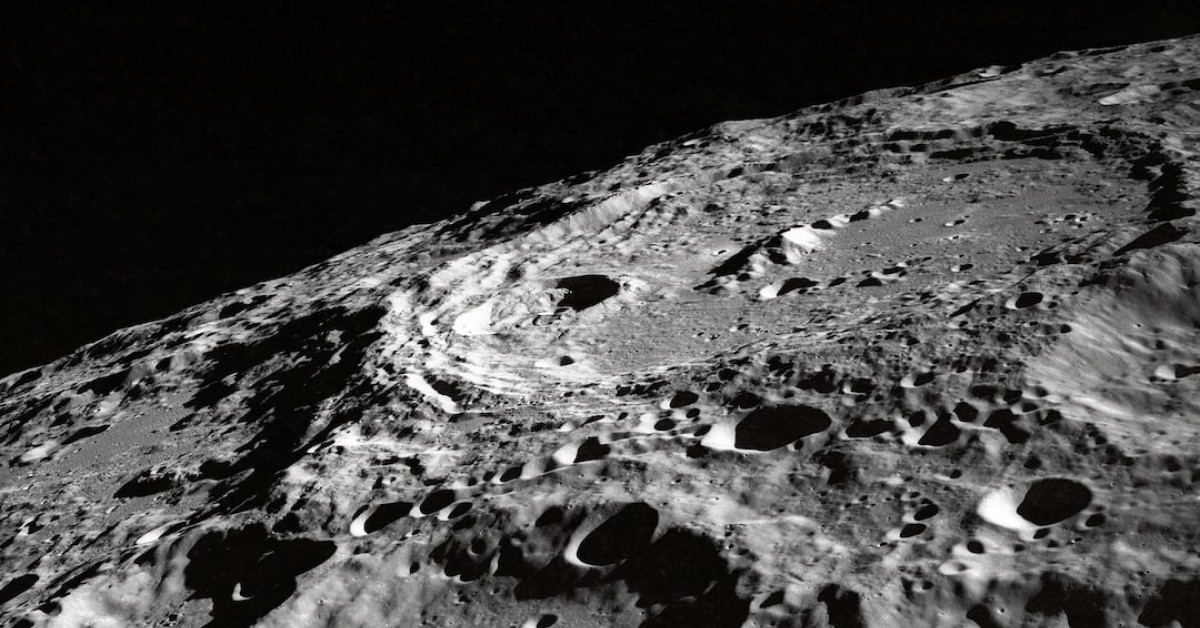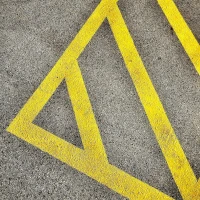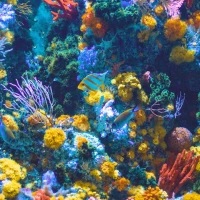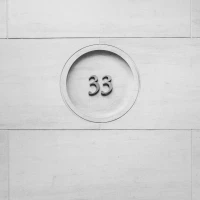Freediving, the ancient practice of diving deep underwater on a single breath, has captivated the human spirit for centuries. With nothing but the air in one’s lungs and an unwavering sense of adventure, freedivers explore the serene otherworld beneath the water’s surface. However, to truly master the art of freediving, one must conquer a paramount skill – equalization. A pivotal aspect of successful and safe freediving, equalization is the balance of internal pressure as divers ascend and descend through the water columns. This guide delves into the techniques and secrets of mastering equalization for freediving success, ensuring you can go beyond just scratching the surface.
Understanding Equalization in Freediving
Before we dive into the deeper nuances of equalization, it is vital to understand what happens to our bodies under the pressure of the ocean’s depths.
The Science Behind the Pressure
As a freediver descends, the ambient water pressure increases, compressing the air spaces in their body, particularly in the middle ear. Without proper equalization, this pressure difference can lead to discomfort or even injury. Equalization techniques allow freedivers to adjust the pressure Zen of Freediving the air spaces in their bodies to match the surrounding water pressure.
The Essential Techniques
There are several techniques for equalizing, with the most common being the Valsalva and Frenzel maneuvers. Each has its advantages and specific uses during a dive:
- Valsalva Maneuver: This involves holding your nose and gently blowing to push air into the Eustachian tubes.
- Frenzel Maneuver: The Frenzel is more complex but efficient, using the tongue and throat muscles to push air into the Eustachian tubes without using the diaphragm.
Perfecting Equalization for Diving Success
Now that we’ve covered the basics of equalization, it’s time to perfect these techniques through careful practice and implementation.
Fundamentals of Effective Equalization
Effective equalization is a fusion of timing, technique, and body awareness. Here are some tips:
- Begin equalizing early and often, before feeling pressure.
- Use the proper force – gentle and controlled.
- Stay relaxed to prevent tension that can hinder the equalizing process.
Overcoming Common Equalization Challenges
Divers often encounter challenges when learning to equalize. Whether due to anatomical differences or technique issues, addressing these challenges is critical:
- Nasal congestion can block Eustachian tubes; decongestants or nasal sprays might be used under the guidance of a health professional.
- Some divers struggle with the coordination required for the Frenzel maneuver, necessitating dedicated practice.
Advanced Equalization Strategies for Depth Adaptation
MasterFind Zen in Freedivingg equalization takes time and practice, but utilizing advanced strategies can accelerate your progression.
Training and Conditioning for Depth
Conditioning your body for equalization at depth includes exercises like:
- Eustachian tube stretching exercises to improve their opening.
- Regular practice with dry land equalization drills.
Deep Dive Adaptations
As you explore greater depths, advanced techniques become indispensable:
- The “mouthfill” technique, a variation of the Frenzel method, helps to equalize at depths where ambient pressure prevents the usual air supply from reaching the middle ear.
- Developing a strong mind-body connection to stay attuned to the subtle cues of equalization need.
Integration of Equalization in Dive Practice
Incorporating equalization into your dive practice ensures that technique becomes second nature.
From Dry Land to Open Water
Transition your equalization practice from dry land exercises to controlled water environments before venturing into open water dives.
Real World Application and Troubleshooting
Once you are comfortable with equalization on land and in controlled environments:
- Apply your skills in open water, incrementally increasing depth as you gain confidence.
- Learn to identify and troubleshoot equalization issues during a dive.
The Comparative Art of Equalization in Different Freediving Disciplines
Freediving isn’t monolithic, and equalization needs can vary across different freediving disciplines, which we can compare in a chart:
| Freediving Discipline | Equalization Technique | Typical Depth Range | Notes |
|---|---|---|---|
| Constant Weight (CWT) | Frenzel/ Mouthfill | 20-100+ meters | Balance weight and buoyancy |
| Free Immersion (FIM) | Frenzel/ Mouthfill | 20-100+ meters | No fins, use rope for movement |
| Static Apnea (STA) | Valsalva/Frenzel (minimally) | N/A | Time-based, face submerged |
| Dynamic Apnea (DYN) | Valsalva/Frenzel | Shorter | Horizontal underwater swim |
Gear and Accessories to Enhance Equalization Efficacy
Selecting the right gear can play an unexpected role in effective equalization.
Masks and Nose Clips
- Low-volume masks: Reduce the air needed to equalize the mask, pressure.
- Nose clips: Allow hands-free equalization, beneficial for disciplines like Dynamic Apnea.
Ear Protection
While not directly tied to equalization, protecting your ears with earplugs designed for diving can prevent complications such as infections that could impede your ability to equalize effectively.
The Holistic Health Aspect of Freediving Equalization
Considering your holistic health can impact your ability to equalize. Good hydration, avoiding tobacco and excessive alcohol, and maintaining overall nasal and sinus health are important factors.
Nutrition and Hydration
- Hydration keeps mucus membranes in optimal condition.
- Anti-inflammatory foods can reduce nasal inflammation, aiding equalization.
Sleep and Stress Management
- Adequate sleep and stress reduction improve physiological functioning.
- A calm mind can focus better on equalization techniques during dives.
Common Misconceptions and Myths about Equalization
Dispelling myths is crucial to understanding and mastering equalization:
- Myth: The harder you blow, the better you will equalize.
- Truth: A gentle and controlled approach is more effective.
- Myth: Equalization is only necessary at great depths.
- Truth: Equalization happens at all depths, even in shallow water.
Conclusion: Embrace the Discipline of Equalization for Freediving Mastery
Mastering equalization is more than a skill – it’s a rite of passage for every freediver aiming to safely explore the wonders of the underwater world. It’s a discipline that bridges our physiological limitations with the depths of the ocean, allowing us to push the boundaries of human capability.
By addressing equalization as a continuous learning journey from the shallows to the abyss, and considering the holistic aspects affecting it, freedivers can achieve new personal bests and experience the profound tranquility that lies beneath the waves. Just remember, in freediving, as in life, balance is not a destination—it’s a practice. And perfecting the essence of equalization is a testament to the freediver’s dedication to their craft and reverence for the deep.










